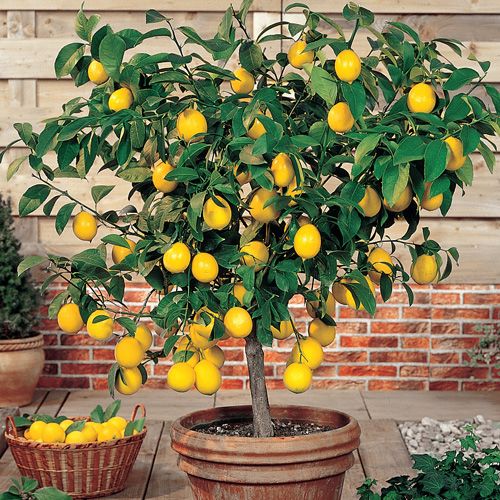I’ve always had luck with run-of-the-mill tropical houseplants, but I had no idea that growing fruit indoors would be just as easy! And there’s nothing like biting into fruit you’ve picked fresh off your plant…in early spring!
There are many small fruits that are available these days for growing in containers: peaches, pears, apples, cherries, and blueberries to name a few. And thanks to their small size, many dwarf-sized fruit trees make great house plants ― such as dwarf lemon, navel orange, lime, fig, and banana. Some varieties will not be cold-hardy in your area, but they can be brought indoors for the winter months.
Size Matters
Dwarf trees can grow to 8’ tall, but most will do well in containers and can be pruned to keep their height under control at 2-5’ tall. Some varieties may be hardy in your area and can be left in their containers outdoors year around, while others will need to be moved indoors for colder weather. (Tropical trees require 55-85°F.) Keep this in mind when choosing a pot and pruning your specimen. Larger pots and trees can get very heavy, and it is a good idea to invest in a platform with casters to help you move them around.
Lighten Up
Container trees require bright, indirect light, and lots of it. Fruit trees require as much as 8-12 hours of sunlight a day. This can often be a problem, especially during the shorter winter days. Luckily full-spectrum grow lights are readily available and easy to use.
Get Dirty
Most plants do well in the light, fast-draining soil mix. However, it’s always a good idea to check your trees’ specific requirements for soil and fertilizer. Some plants, such as blueberries, prefer high-acid foods, while others do fine with a basic all-purpose fertilizer. Test the soil by sticking your finger in about an inch to see if it needs water. If it’s dry, water. Otherwise, wait. Humidity is important though, so mist your tree regularly, especially in winter months.


